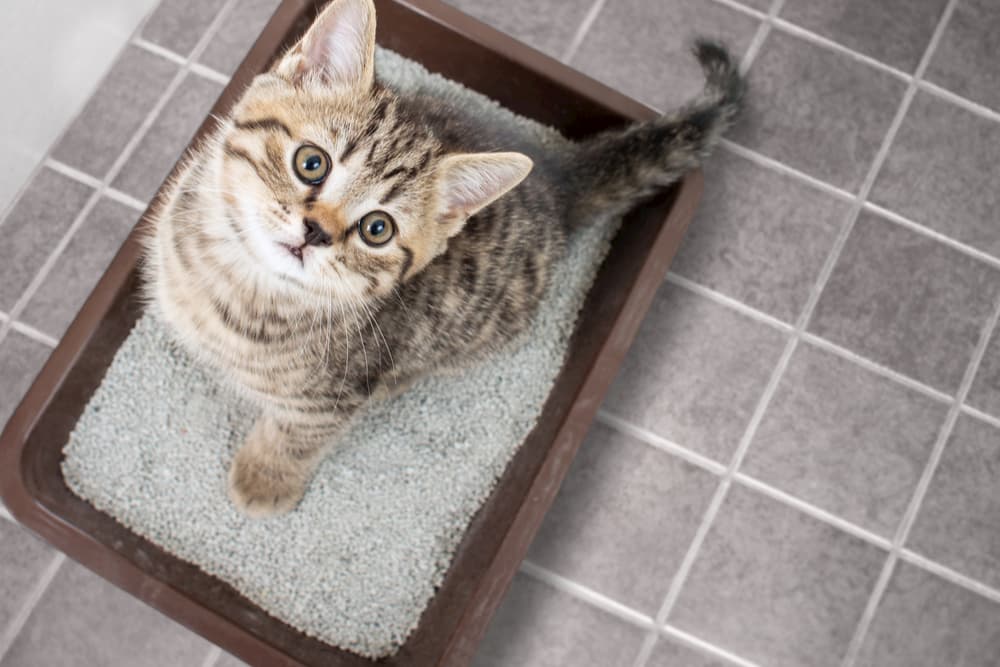They are making a number of good observations regarding How to Dispose of Cat Poop and Litter Without Plastic Bags as a whole in the content in the next paragraphs.

Introduction
As cat owners, it's vital to bear in mind how we take care of our feline good friends' waste. While it may appear convenient to flush pet cat poop down the bathroom, this practice can have harmful effects for both the atmosphere and human wellness.
Alternatives to Flushing
Luckily, there are safer and more responsible means to get rid of pet cat poop. Think about the complying with alternatives:
1. Scoop and Dispose in Trash
One of the most common approach of getting rid of feline poop is to scoop it right into a naturally degradable bag and toss it in the trash. Make sure to use a specialized trash inside story and get rid of the waste promptly.
2. Use Biodegradable Litter
Go with biodegradable feline litter made from materials such as corn or wheat. These clutters are environmentally friendly and can be safely disposed of in the trash.
3. Hide in the Yard
If you have a yard, think about hiding cat waste in a designated location far from vegetable gardens and water resources. Make certain to dig deep enough to stop contamination of groundwater.
4. Mount a Pet Waste Disposal System
Invest in a family pet garbage disposal system specifically developed for feline waste. These systems make use of enzymes to break down the waste, reducing odor and environmental influence.
Wellness Risks
In addition to environmental worries, purging cat waste can also position health and wellness threats to human beings. Cat feces may include Toxoplasma gondii, a parasite that can cause toxoplasmosis-- a potentially severe disease, especially for expecting females and people with damaged body immune systems.
Ecological Impact
Purging pet cat poop introduces damaging microorganisms and bloodsuckers right into the water system, posturing a substantial threat to marine ecosystems. These contaminants can negatively impact marine life and compromise water quality.
Conclusion
Responsible pet ownership extends past giving food and sanctuary-- it additionally entails appropriate waste administration. By avoiding purging feline poop down the toilet and opting for alternative disposal methods, we can decrease our ecological impact and secure human health and wellness.
Why Can’t I Flush Cat Poop?
It Spreads a Parasite
Cats are frequently infected with a parasite called toxoplasma gondii. The parasite causes an infection called toxoplasmosis. It is usually harmless to cats. The parasite only uses cat poop as a host for its eggs. Otherwise, the cat’s immune system usually keeps the infection at low enough levels to maintain its own health. But it does not stop the develop of eggs. These eggs are tiny and surprisingly tough. They may survive for a year before they begin to grow. But that’s the problem.
Our wastewater system is not designed to deal with toxoplasmosis eggs. Instead, most eggs will flush from your toilet into sewers and wastewater management plants. After the sewage is treated for many other harmful things in it, it is typically released into local rivers, lakes, or oceans. Here, the toxoplasmosis eggs can find new hosts, including starfish, crabs, otters, and many other wildlife. For many, this is a significant risk to their health. Toxoplasmosis can also end up infecting water sources that are important for agriculture, which means our deer, pigs, and sheep can get infected too.
Is There Risk to Humans?
There can be a risk to human life from flushing cat poop down the toilet. If you do so, the parasites from your cat’s poop can end up in shellfish, game animals, or livestock. If this meat is then served raw or undercooked, the people who eat it can get sick.
In fact, according to the CDC, 40 million people in the United States are infected with toxoplasma gondii. They get it from exposure to infected seafood, or from some kind of cat poop contamination, like drinking from a stream that is contaminated or touching anything that has come into contact with cat poop. That includes just cleaning a cat litter box.
Most people who get infected with these parasites will not develop any symptoms. However, for pregnant women or for those with compromised immune systems, the parasite can cause severe health problems.
How to Handle Cat Poop
The best way to handle cat poop is actually to clean the box more often. The eggs that the parasite sheds will not become active until one to five days after the cat poops. That means that if you clean daily, you’re much less likely to come into direct contact with infectious eggs.
That said, always dispose of cat poop in the garbage and not down the toilet. Wash your hands before and after you clean the litter box, and bring the bag of poop right outside to your garbage bins.
https://trenchlesssolutionsusa.com/why-cant-i-flush-cat-poop/

We had been shown that report about Don’t flush cat feces down the toilet from an associate on a different web property. So long as you liked our blog posting if you please do not forget to pass it around. Many thanks for your time invested reading it.
Get A Free Quote